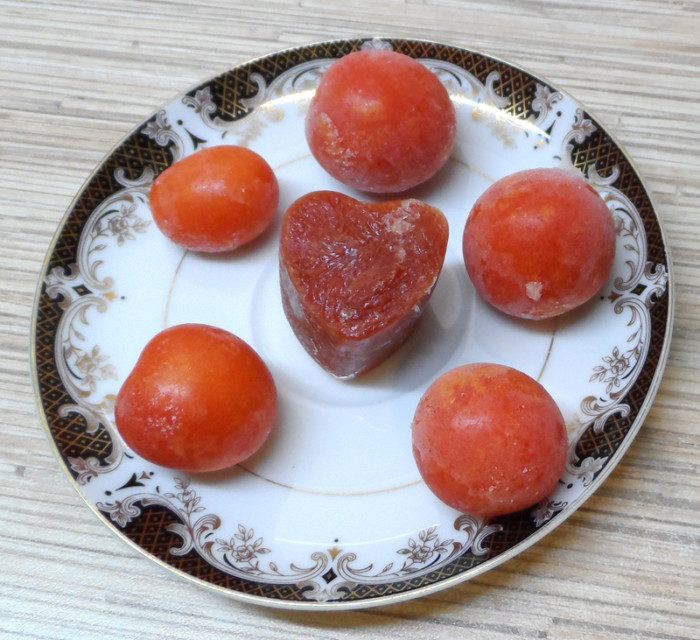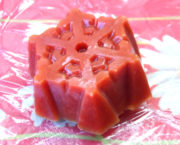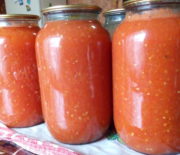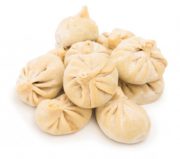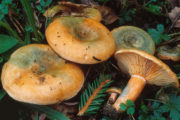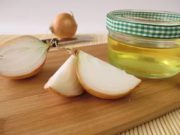Homemade tomato puree: the taste of summer in frosty winter
Tomato puree or tomato paste are not used except for making desserts, and that’s not a fact! Such a popular product can, of course, be bought in a store, but personally I don’t like the ferrous taste of tomatoes from tin cans, the bitterness and excessive saltiness of canned food in glass, as well as the inscriptions on the packaging. There, if you take a magnifying glass and can read the ultra-small print, there is honestly a whole list of stabilizers, emulsifiers, acidity regulators, preservatives and other chemicals incompatible with life used in the preparation process.
Preparing and preserving tomato puree at home is not as difficult as it seems, but the taste and benefits in such a homemade preparation will be much greater than in the most branded store-bought one.
All recipes for preparing tomato puree fit into a single algorithm: preparation of raw materials, heat treatment, pureeing, preparation and storage. The difference is in the details, but more on that as we go.
Content
Preparation of raw materials
Any substandard but good-quality tomatoes are suitable for tomato puree. They may be overripe, too large for salting, ugly in shape, dented and even damaged in places - all this is not critical.
Place the rejected tomatoes in a large bowl or basin, fill with warm water and leave to soak for 15-20 minutes. Wash the tomatoes with a kitchen sponge or a soft brush, rinse with cold water and place in a colander to dry.
Tip: Heavily soiled vegetables can be pre-soaked with special detergents for children's dishes and fruits.
We cut up the washed tomatoes: remove the place where the stalk is attached and all damaged parts, then cut into large pieces and transfer to a large, thick-bottomed pan.
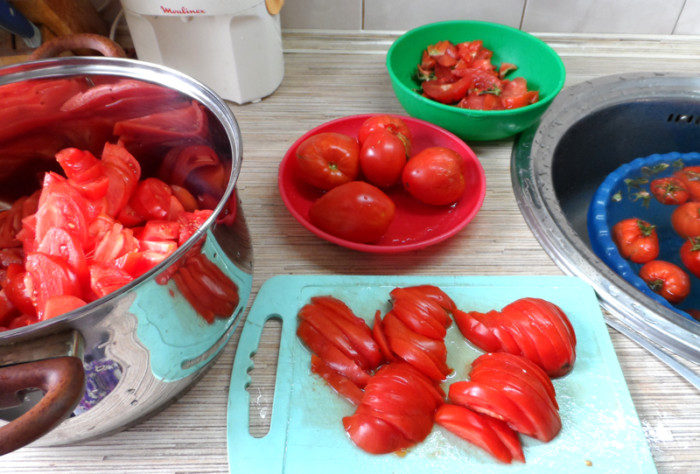
To save time and effort later on wiping boiled tomatoes, you can immediately remove the skin from them. To do this, use a sharp thin knife to make a cross-shaped cut at the place where the stalk is attached and lower the vegetable into boiling water. After a few seconds, take out the scalded tomato with a slotted spoon, dip it in cold water and, picking it up with a knife, easily remove the skin.
Heat treatment
Important: for cooking tomatoes, you cannot use aluminum cookware, only enameled, glass or stainless steel.
First put the pan with chopped tomatoes on high heat, immediately after boiling, turn it to low heat (so that only a light boil is maintained) and cook without a lid - so that excess moisture evaporates at the same time.
It is not necessary to immediately peel and cook the entire mass of tomatoes; you can add new portions of peeled and chopped vegetables to the pan as they are ready. The task of heat treatment at this stage is to boil the tomatoes until softened.
Place the stewed tomatoes in a couple of ladles onto a metal sieve and let them sit quietly for a minute or two.
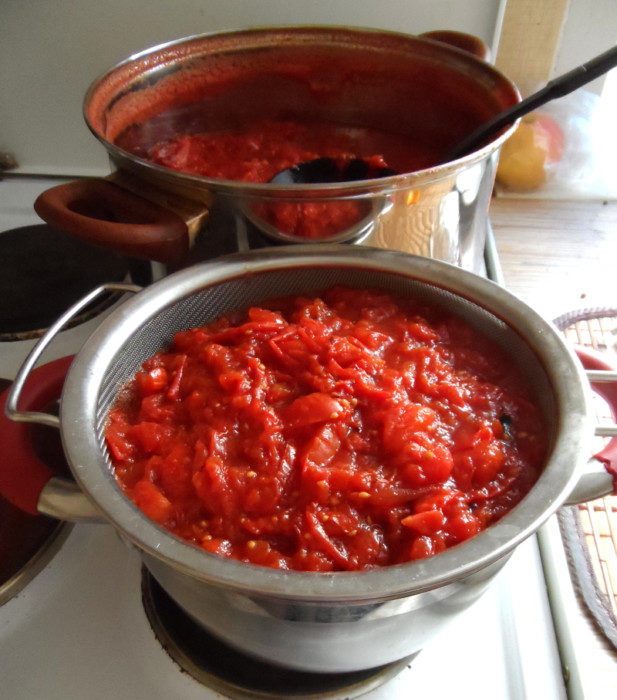
Pour the strained juice without pulp into another pan and place on the lowest heat - without a lid, to evaporate and thicken.
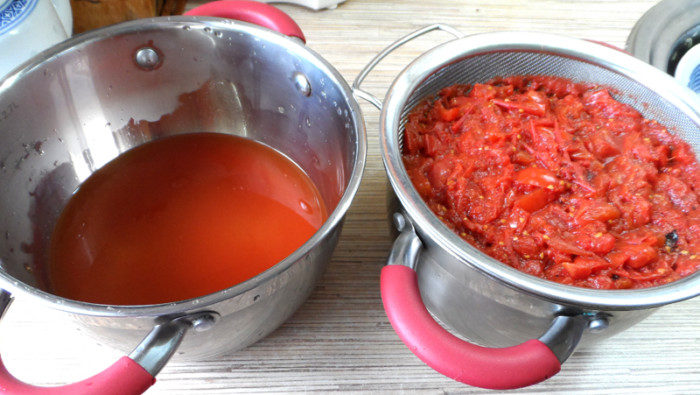
Preparing tomato puree (puree)
We begin to rub the strained thick fraction through a sieve. You can do this with a spoon, but the process is much more efficient and faster using a mixer with a special rubbing attachment.
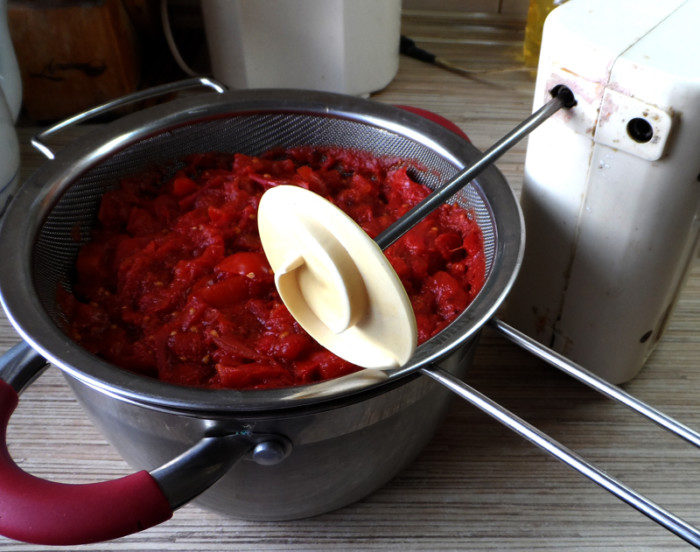
Soon, almost dry seeds and films of skin remain on the sieve (if we did not remove the skin at the stage of preparing the raw materials).
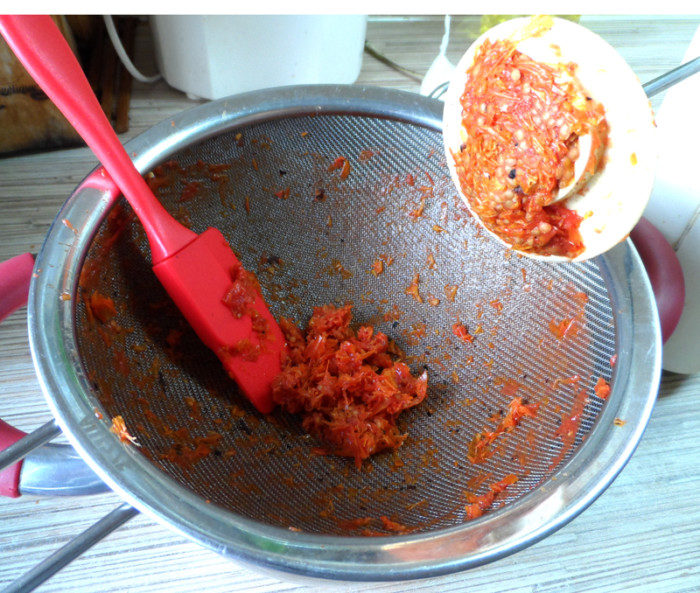
What has passed through the sieve is almost ready-made tomato puree in consistency; it needs to be boiled a little more and evaporated.

Mix the liquid part of the juice and the pureed puree, bring to a boil, and, if desired, evaporate further to the desired degree of thickness. Our puree is ready for storage.
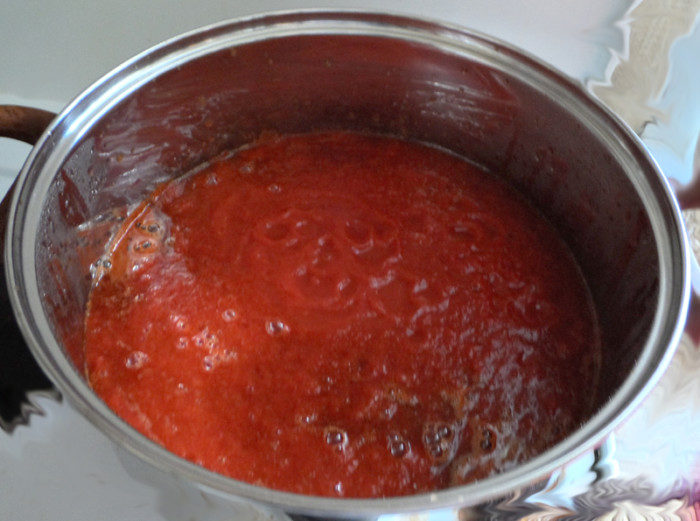
How to store tomato puree?
Most often, tomato puree is salted, poured boiling into small glass jars, sterilized in a water bath, oven or convection oven, rolled up and stored in a cool place. The mode of preparation, sterilization and storage is no fundamentally different from the canning scheme for any lecho, paprikasha or squash caviar, so we will not dwell on this issue in detail.
Another question sounds much more interesting: how to preserve an already opened jar, since it is quite difficult to use 200 g or half a liter of concentrated tomato at one time?
Two methods can be recommended: traditional and modern.
Our mothers and grandmothers covered the surface of the tomato puree with coarse salt (this prevents both souring and the proliferation of mold fungi), and then covered it with a layer of vegetable oil of at least a centimeter to prevent contact with air oxygen.In this form, the tomato can be stored in the refrigerator for quite a long time, but after each use the salt and oil layers must be restored.
The second method arose quite recently - with the advent of vacuum plastic lids. We simply cover the opened and partially emptied jar with a vacuum lid, use a special pump to pump out the air - and without additional tricks you can store tomato paste not even in the refrigerator, but in a cool, preferably dark place.
But the most convenient and technologically advanced way to preserve and use tomato puree is, without a doubt, freezing!
Guardian frost
When frozen, tomato puree does not need to be salted, which is important for people with kidney disease.
Place the boiled boiling tomato puree into silicone muffin or ice molds, cool and place in the freezer.
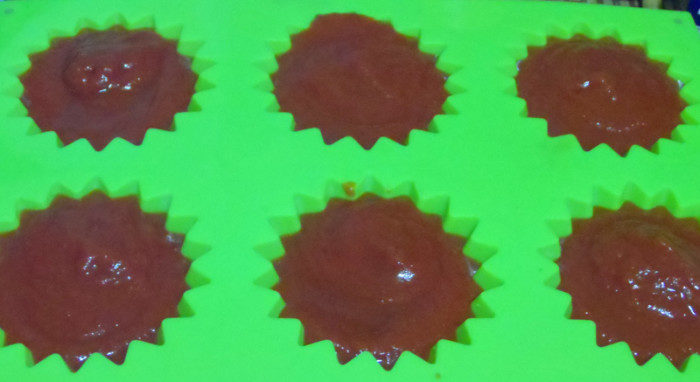
The tomato has frozen into portions, now we need cling film.
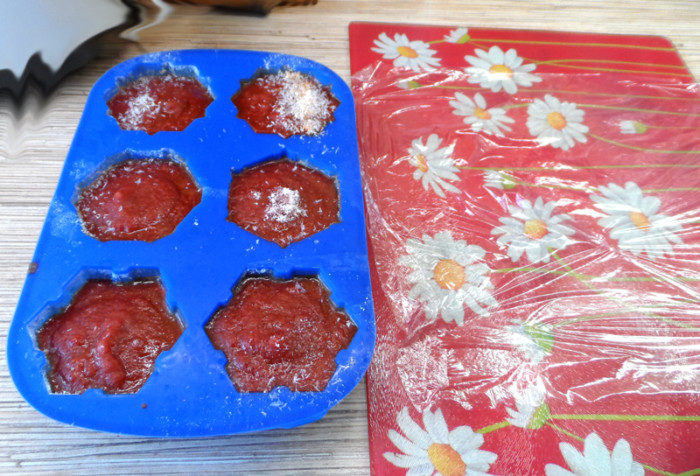
Very quickly remove the portioned tomato stars from the molds and place them on cling film.
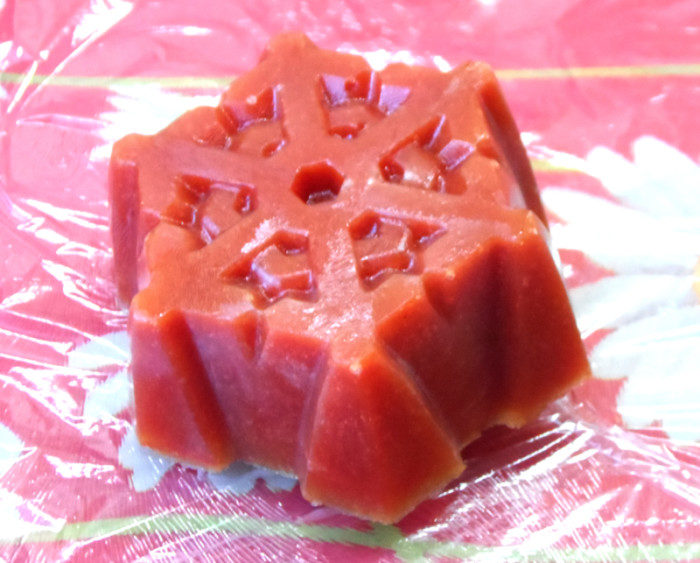
Carefully wrap each piece individually.
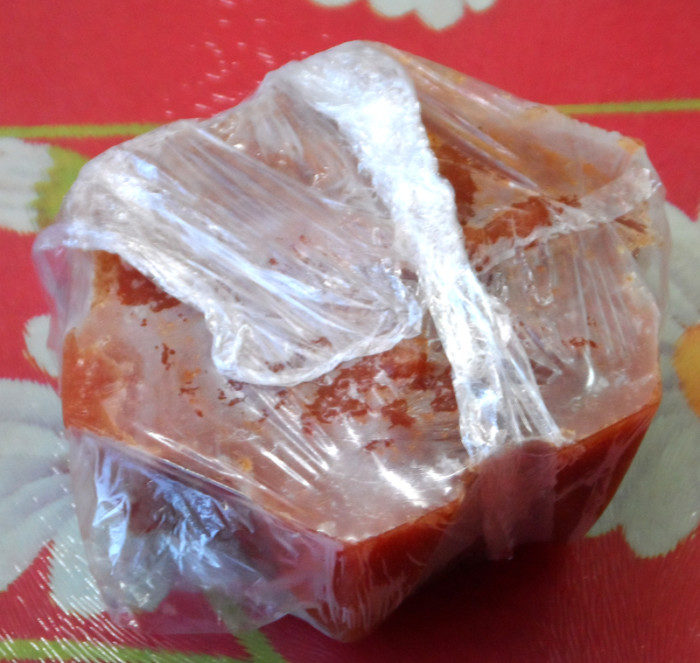
We place portioned tomato ice in plastic bags and send it back to the freezer for long-term storage. Tomato puree prepared in this way can be stored without losing its consumer qualities for almost years (if, of course, it is not defrosted again).
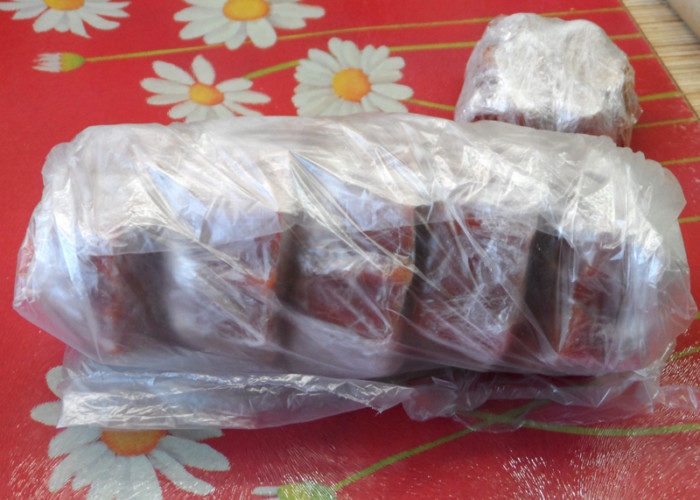
The most important convenience of this method is that each time we take exactly as much tomato as we need in this case. Well, if, in addition to taste, you want to add bright summer color to the dish, in addition to the tomato puree, you can throw a few frozen cherry tomatoes into the borscht or stew.
